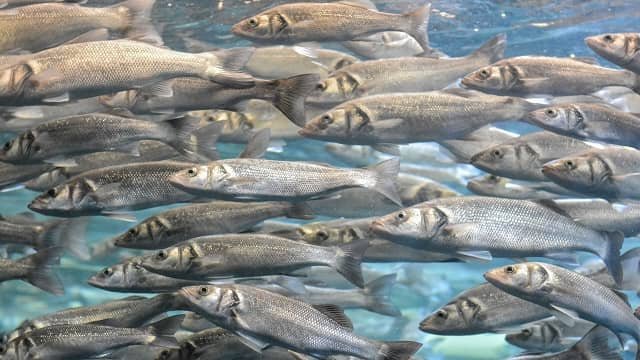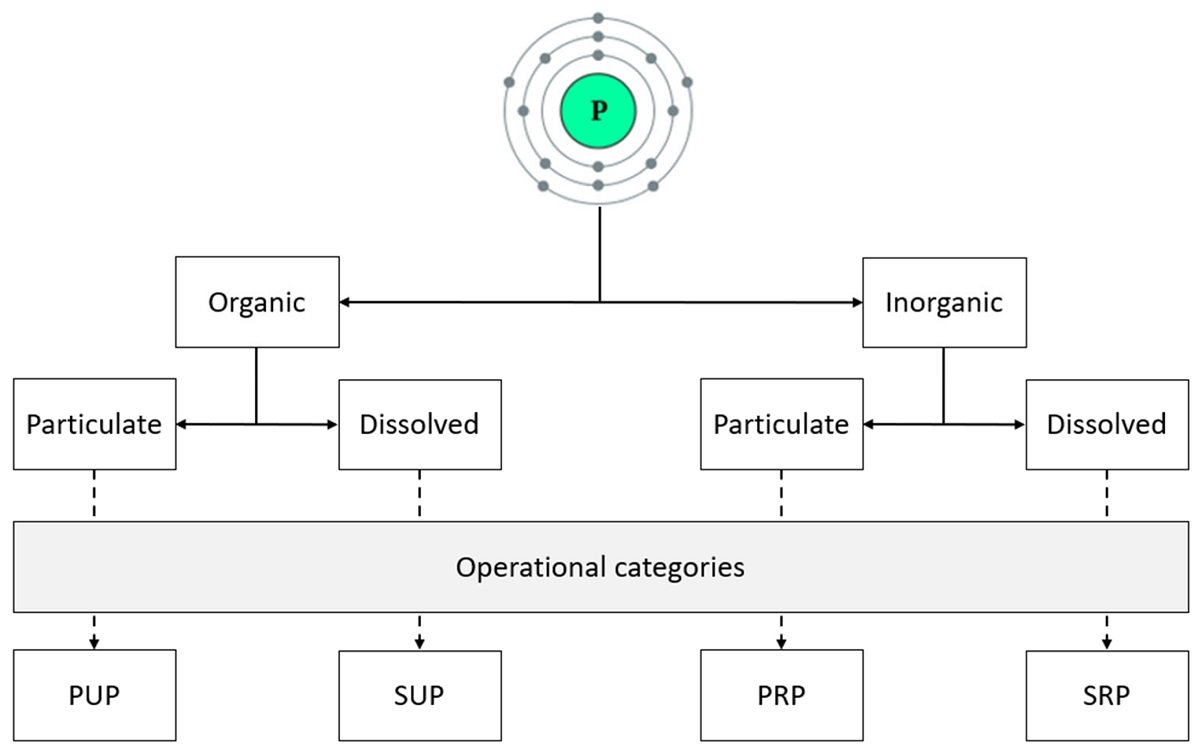
Replacing fishmeal with plant-based protein sources in fish feed is a more environmentally friendly alternative. However, plant proteins often contain antinutrients like phytate, which hinder nutrient absorption in fish.
A research study conducted by scientists from the University of Almería (Spain), Life Bioencapsulation SL. (Spain), Tervalis Group, and the University of Cádiz (Spain) explores a promising new approach to sustainable aquaculture using a combination of enzymes and microalgae. The study investigated the combined effects of phytase, an enzyme that breaks down phytate, and microalgae, a rich source of nutrients, in the diet of European sea bass (Dicentrarchus labrax).
The challenge: Plant-based fish feed
Replacing fishmeal with plant-based protein sources is a more sustainable approach. However, these alternatives often contain compounds that hinder nutrient absorption in fish. Here’s why:
- Unbalanced amino acid profile: Plant proteins may lack specific amino acids that fish need for optimal growth.
- Omega-3 deficiency: Fishmeal is rich in omega-3 fatty acids, crucial for fish health and essential for human consumers. Plant-based alternatives generally lack sufficient omega-3s.
- Antinutritional factors: Plant proteins often contain phytate and non-starch polysaccharides (NSPs) that can negatively affect fish digestion and nutrient absorption.
The power of phytase and microalgae
This study investigated the use of phytase, an enzyme that breaks down phytate, in fish feed. By including phytase in the diet, the researchers aimed to improve nutrient utilization and overall fish health.
The study also explored the benefits of supplementing fish feed with a blend of two specific species of microalgae, Arthrospira platensis and Nannochloropsis gaditana.
Enzymes and algae: A winning combination
The research team fed juvenile European sea bass different diets containing varying levels of phytase and microalgae. The results were impressive:
- Fish fed diets with higher levels of phytase (2000 and 10,000 FTU) showed significant improvements in growth performance, metabolism, and gut health. These fish achieved higher final weights, improved feed efficiency, and exhibited increased activity of digestive enzymes.
- Analysis of the fish intestines revealed positive changes in intestinal morphology, suggesting better nutrient absorption.
Optimizing feed
The study identified a specific level of phytase (2000 FTU) in combination with microalgae as the most effective approach. This combination not only boosted fish growth but also improved nutrient utilization, potentially leading to reduced waste and a more environmentally friendly aquaculture operation.
Benefits for fish farmers
The key innovation of the study lies in the combination of phytase and microalgae. Here’s why this approach is so promising:
Stay Always Informed
Join our communities to instantly receive the most important news, reports, and analysis from the aquaculture industry.
- Sustainable and cost-effective: Replacing fishmeal with plant proteins is more eco-friendly and reduces pressure on wild fish populations. Phytase maximizes the nutritional value of these plant-based ingredients.
- Better fish health and growth: By addressing nutrient absorption limitations and promoting gut health, this approach leads to healthier fish with faster growth rates.
- Reduced environmental impact: The study found a decrease in phosphorus excretion by the fish, indicating more efficient nutrient utilization and a lower environmental impact.
Conclusion
By combining phytase and microalgae in fish feed, fish farmers can achieve healthy fish growth while minimizing environmental impact. This not only benefits the environment and wild fish populations but also ensures a reliable protein source for a growing global population.
While this study focused on European sea bass, the potential benefits of this approach could extend to other cultured fish species. More research is needed to:
Optimize the combination: Refine the ideal combination of phytase and microalgae for different types of fish and dietary needs.
Cost-effective production: Develop cost-effective methods for producing enzymes and microalgae for large-scale adoption in aquaculture.
In this regard, further research is needed to optimize specific doses of phytase and microalgae for different fish species. Additionally, developing cost-effective production methods for microalgae can make this approach even more commercially viable. As these advancements are developed, the future of sustainable aquaculture looks bright.
Contact
F. J. Alarcón-López
Department of Biology and Geology, CEI·MAR—University of Almeria
Ctra. Sacramento s/n 04120 La Cañada de San Urbano, Almería, Spain
Email: falarcon@ual.es
Reference (open access)
S. Flores-Moreno, A. J. Vizcaíno, M. I. Sáez, J. Macías-Vidal, T. F. Martínez, J. A. Martos-Sitcha, F. J. Alarcón-López, “Effects of Phytase and Microalgae Supplementation on the Utilization of Aquafeeds for European Seabass (Dicentrarchus labrax) Formulated with a High Inclusion Level of Plant Protein“, Aquaculture Research, vol. 2024, Article ID 4775004, 17 pages, 2024. https://doi.org/10.1155/2024/4775004
Editor at the digital magazine AquaHoy. He holds a degree in Aquaculture Biology from the National University of Santa (UNS) and a Master’s degree in Science and Innovation Management from the Polytechnic University of Valencia, with postgraduate diplomas in Business Innovation and Innovation Management. He possesses extensive experience in the aquaculture and fisheries sector, having led the Fisheries Innovation Unit of the National Program for Innovation in Fisheries and Aquaculture (PNIPA). He has served as a senior consultant in technology watch, an innovation project formulator and advisor, and a lecturer at UNS. He is a member of the Peruvian College of Biologists and was recognized by the World Aquaculture Society (WAS) in 2016 for his contribution to aquaculture.




